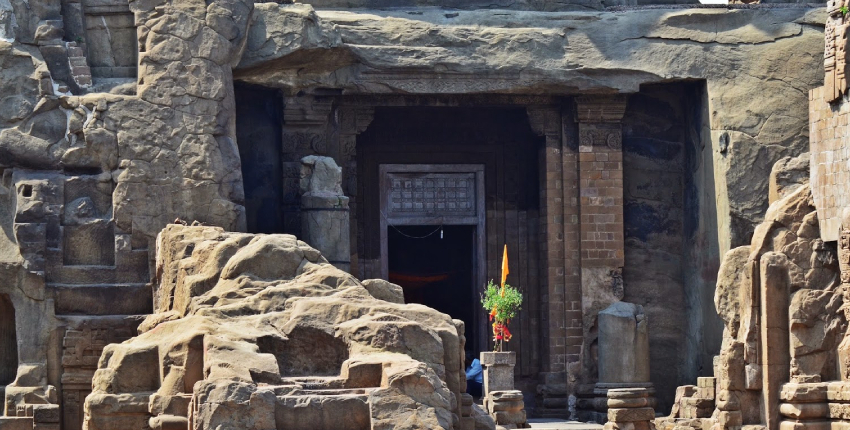
Masroor Temple, also known as the Masroor Rock Cut Temple, is a remarkable example of monolithic rock-cut architecture. It features a group of 15 sandstone temples carved out of a single rock. These temples date back to the 8th century and are dedicated to various Hindu deities. The temple complex offers breathtaking views of the surrounding Dhauladhar Range and is a testament to the rich cultural heritage of Kangra. Masroor Temple stands as an awe-inspiring testament to ancient Indian craftsmanship and devotion. Carved meticulously out of a single sandstone rock, this monolithic wonder is a masterpiece of rock-cut architecture, captivating visitors with its intricate details and spiritual aura.
Visiting Masroor Temple is not only an architectural exploration but also a spiritual and cultural journey into the past. Its unique design and historical significance make it a must-visit destination for travelers interested in heritage and ancient art.
How to Reach Masroor Temple:
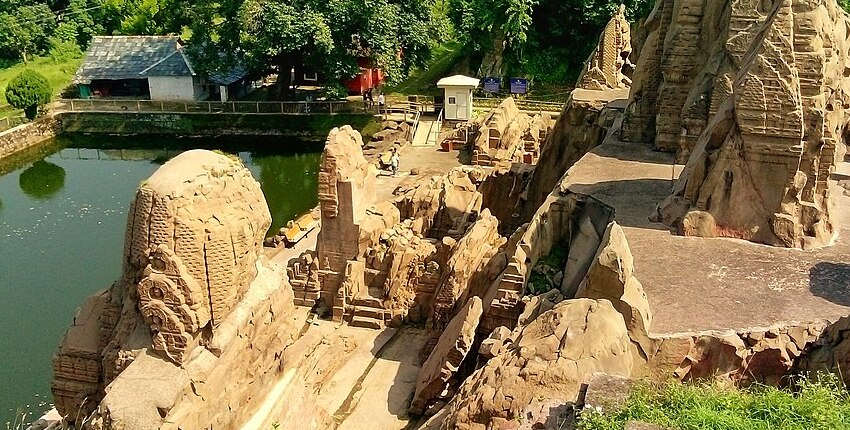
Masroor Temple is located in the Kangra district of Himachal Pradesh, India. To reach the temple:
- By Air: The nearest airport is Gaggal Airport (also known as Kangra Airport) located approximately 45 kilometers away from the temple. From the airport, you can hire a taxi or take a bus to Masroor.
- By Rail: The nearest major railway station is Pathankot Railway Station, which is well-connected to major cities in India. From Pathankot, you can hire a taxi or take a bus to Masroor.
- By Road: Masroor Temple is accessible by road from various nearby towns and cities. Regular bus services operate to Kangra from major cities like Delhi, Chandigarh, and Shimla. From Kangra, you can hire a local taxi or take a bus to Masroor.
Best Time to Visit Masroor Temple:
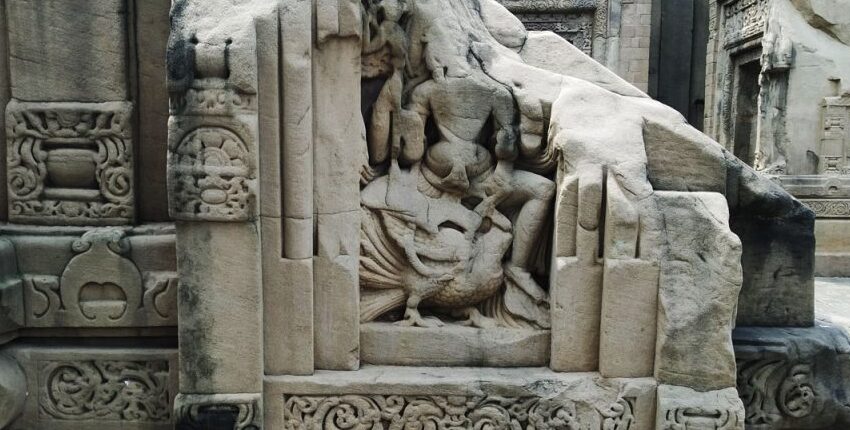
The best time to visit Masroor Temple is during the months of March to November. During this period, the weather is pleasant, and the temple complex is easily accessible. It’s advisable to avoid visiting during the monsoon season (July to September) due to heavy rainfall, which can make the terrain slippery and challenging.
Open Timing:
Masroor Temple is generally open to visitors from sunrise to sunset. However, it’s a good idea to confirm the exact opening and closing times locally, as they can vary slightly depending on the season and specific guidelines in place.
- Opening Hours: Masroor Temple is generally open to visitors from sunrise to sunset. However, it’s advisable to confirm the exact opening and closing times locally, as they may vary seasonally.
- Entry Fee: There is a nominal entry fee for visitors, which contributes to the maintenance and preservation of the temple complex.
- Footwear: Visitors are required to remove their footwear before entering the temple complex as a sign of respect and to preserve the sanctity of the site.
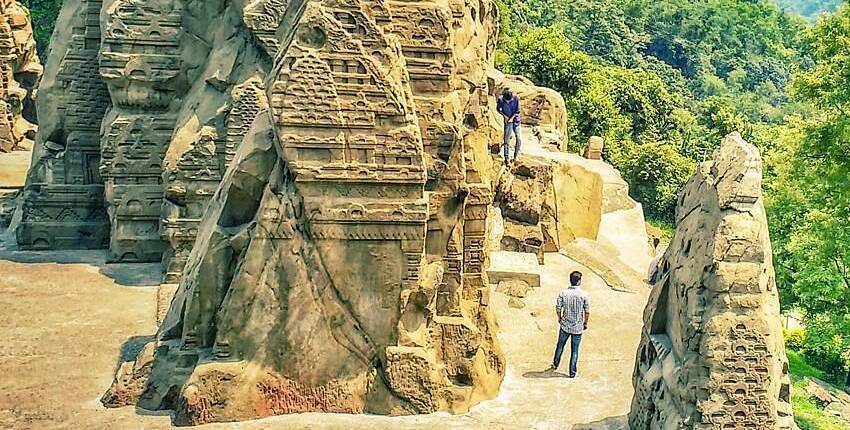
About Masroor Temple:
Masroor Temple, also known as the Masroor Rock-cut Temple, is a remarkable example of monolithic rock-cut architecture. It features a group of 15 sandstone temples carved out of a single rock. These temples date back to the 8th century and are dedicated to various Hindu deities. The temple complex offers breathtaking views of the surrounding Dhauladhar Range and is a testament to the rich cultural heritage of Kangra.
Historical Significance:
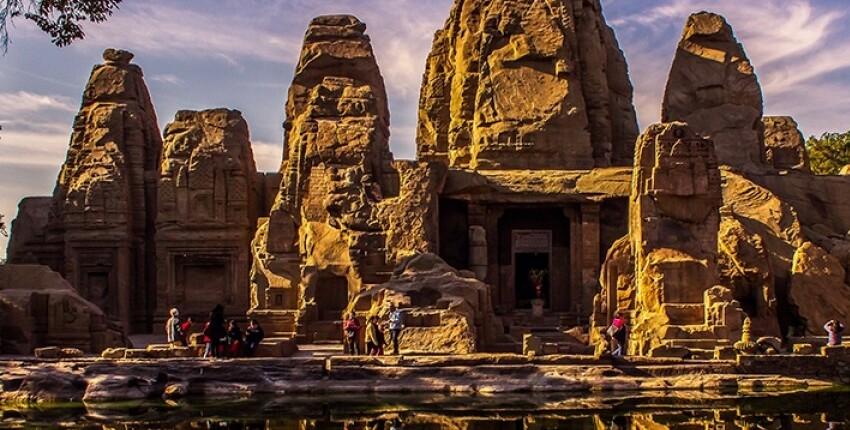
Masroor Temple, dating back to the 8th century, holds immense historical and cultural significance. It is believed to have been built by the Chandela rulers of the region and is dedicated to various Hindu deities, primarily Lord Shiva. The temple complex consists of a central sanctum and 14 other temples adorned with exquisitely carved idols, friezes, and celestial beings.
The Experience:
Walking through the courtyards of Masroor Temple, you’ll feel transported back in time. The ancient stone carvings come to life as you admire the intricate details, and the spiritual ambiance envelops you. Many visitors find a sense of tranquility and awe as they explore the temple’s nooks and crannies, each revealing a new facet of this architectural wonder.
In Conclusion:
A visit to Masroor Temple is a journey into the heart of ancient India, where devotion and artistry converged to create something truly extraordinary. It’s a destination that beckons history enthusiasts, architecture aficionados, and spiritual seekers alike. As you stand before the majestic rock-cut marvels, you’ll not only witness a testament to human ingenuity but also experience the enduring legacy of faith and creativity etched into the very heart of the Kangra Valley. Masroor Temple is a treasure trove of history and heritage waiting to be explored and admired by all who seek its timeless beauty.
Leave a Reply